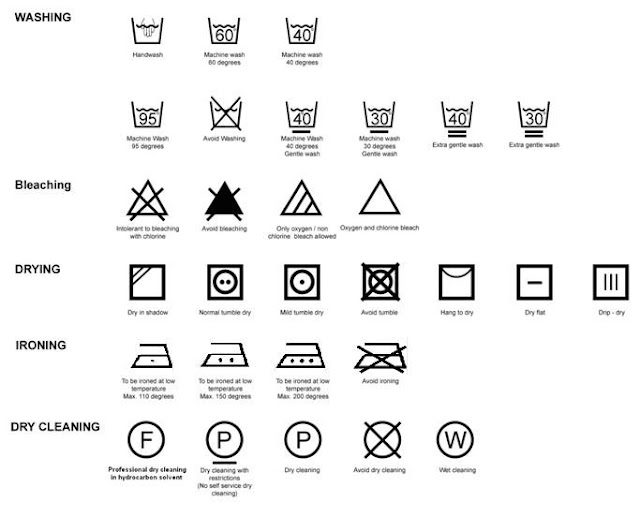Most of the clothes we wear are sewn by sewing machines. There are
several types of sewing machines used to make our clothes. When garment making
was industrialized, scientists developed industrial power driven sewing
machines to meet the needs of mass production. Semi-automatic and fully
automatic machines were developed in different stages. Machines are classified
depending of seam types, number of needle used, stitch classes, table bed etc.
In the following list most of the machine those are used in garment making.
- Single/multi needle industrial lockstitch sewing machine with or without trimmer
- Blind stitch machine/Chain stitching machine.
- Flat lock machine (cylinder bed and flat bed)
- Over lock machine (3 threads/4 threads and 5 threads)
- Single/double needle chain stitch machine
- Zigzag flat bed sewing machine.
- Button stitch sewing machine.
- Button hole sewing machine
- Feed of Arm sewing machine
- Label/elastic inserting machine
- Bar tacking machine.
- Hemstitch machine.
- Pin tucking machine.
- Smocking machine / Automatic multi needle shirring machine
- Collar and cuff turning and blocking machine and pressing machine
- Shoulder pad-attaching machine


